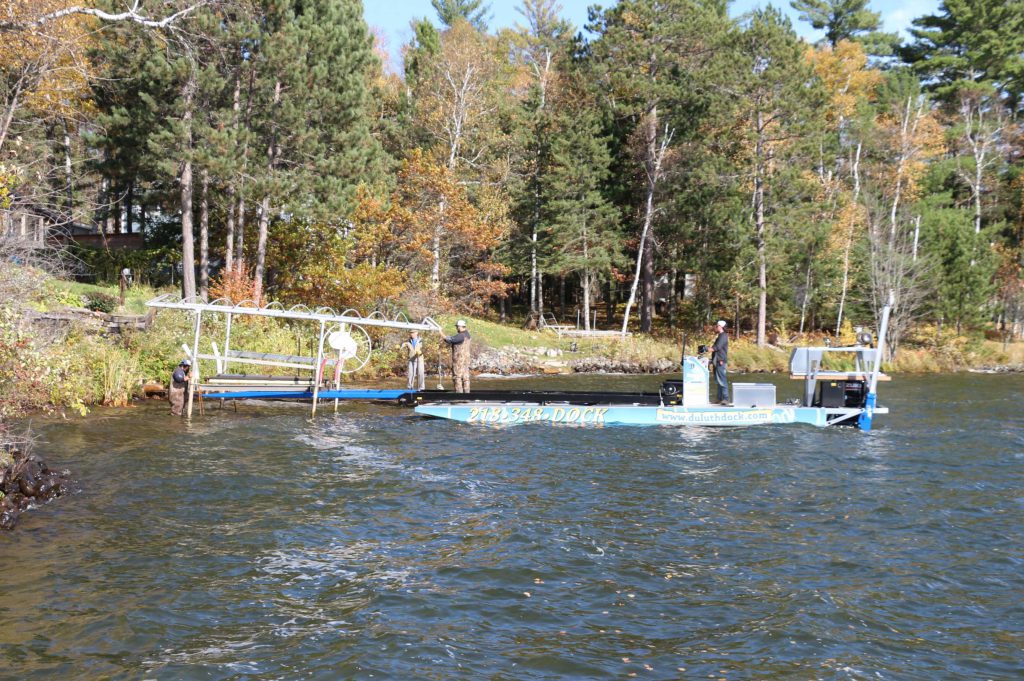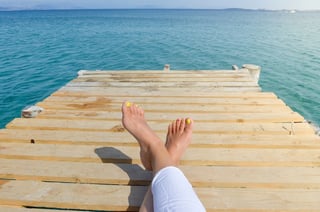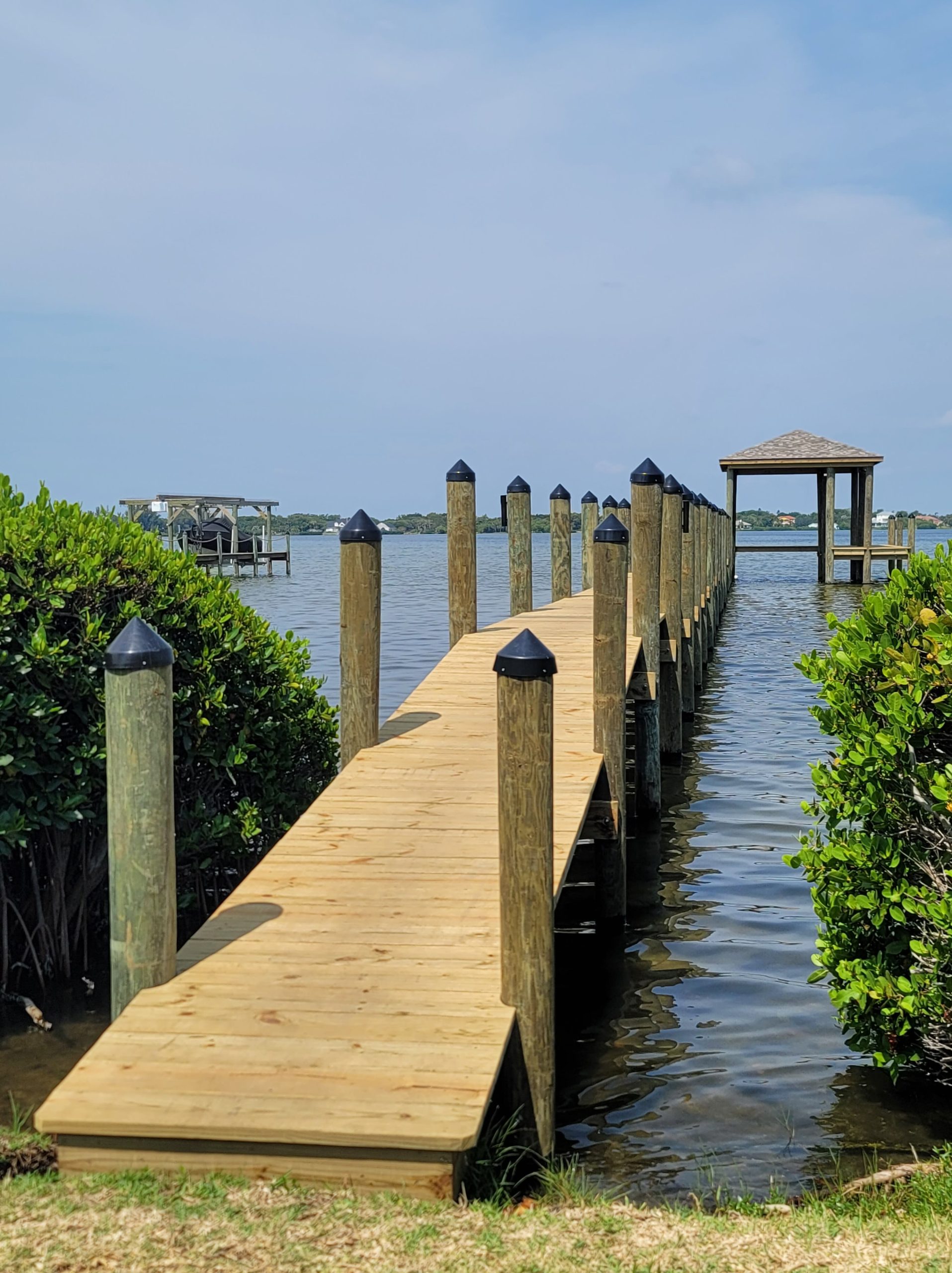DIY Tips for Simple Dock Repairs You Can Take Care Of
DIY Tips for Simple Dock Repairs You Can Take Care Of
Blog Article
Just How to Address Common Dock Fixing Issues for Safe Water Activities

Identifying Common Dock Issues
Determining typical dock concerns is critical for keeping the capability and safety of your beachfront residential or commercial property. Routine examinations can assist discover problems prior to they become extreme, making sure both the durability of the dock and the safety of those that utilize it. One common problem is corroded or loose fasteners. Gradually, screws, bolts, and various other fasteners can come to be loose due to consistent exposure to water and weather condition components, resulting in structural instability.
Another typical trouble is the degradation of flotation gadgets. These devices are necessary for maintaining the dock buoyant, and any kind of damage or slits can cause the dock to checklist or sink. On a regular basis examining for leaks or water logged drifts can preempt more considerable problems.
Additionally, algae and barnacle build-up on the dock's surface can produce harmful and slippery problems. This biofouling not only presents a threat to users however can additionally speed up the degeneration of the dock products.
Last but not least, inspecting for indications of corrosion on steel parts is vital. Corrosion can endanger the stability of the dock's framework, making it harmful. By regularly determining these usual dock concerns, you can make sure that your dock continues to be safe and useful for many years to find.
Fixing Rotting Wood
When attending to the concern of rotting timber on your dock, it is necessary to act swiftly to avoid more damage. Begin by extensively inspecting the whole framework to identify all influenced areas. Utilize a screwdriver to probe the timber; if it sinks in conveniently, the wood is likely decayed and requires immediate interest.
As soon as determined, eliminate the rotted areas making use of a saw or carve. Make sure to reduce to healthy, strong wood, ensuring you eliminate all compromised material. After removal, deal with the staying wood with a wood chemical to prevent future rot. This therapy will certainly aid protect versus dampness, which is the key root cause of timber decay.
Following, replace the eliminated areas with marine-grade lumber or pressure-treated wood, which are more immune to water damage. Secure the new pieces with galvanized or stainless-steel fasteners to avoid rust. In addition, using a waterproof sealer to the brand-new timber can offer an added layer of defense.
Protecting Loose Boards
How do you ensure your dock stays useful and risk-free for all its customers? One crucial aspect is safeguarding loose boards, which can otherwise posture considerable risks. Loose boards not just increase the risk of stumbling but can additionally compromise the architectural integrity of the entire dock.

For reinstallation, use stainless or galvanized steel screws, as these products supply exceptional resistance to rust in aquatic settings. Make certain the screws are long sufficient to pass through deep right into the underlying assistance framework, however not as long that they protrude via the dock's surface area. Pre-drilling pilot holes can aid protect against the timber from splitting.
Last but not least, keep a normal examination schedule to identify and attend to any kind of brand-new issues quickly. By safeguarding loosened boards efficiently, you add to the general security and durability of your dock, making it a reliable system for water activities.
Stabilizing Unstable Pilings
Guaranteeing the security of unstable pilings is critical to article source maintaining a practical and safe dock. Unsteady pilings can jeopardize the whole framework, posing considerable threats to users and possibly bring about costly fixings. The initial step in stabilizing these essential elements is an extensive examination. Analyze the pilings for indicators of rot, damage, or moving. Use a level to check for upright positioning and guarantee they are driven deep enough right into the substrate to give sufficient support.
If the pilings are located to be unsteady, one reliable technique for reinforcement is the usage of added supporting. Cross-bracing with treated lumber or go to my site galvanized steel can significantly enhance security. Support the dental braces firmly to both the pilings and the dock frame to disperse lots uniformly.

Routine maintenance and routine reassessment of the pilings' security are essential to making sure long-lasting dock safety and capability.
Replacing Rusty Equipment
Attending to unsteady pilings is simply one element of maintaining a dock's honesty; another crucial issue is changing corroded equipment. With time, direct exposure to wetness and salt can cause the oxidation and rust of screws, braces, and bolts, jeopardizing the whole framework's security. Normal assessment for corrosion is vital, particularly after severe climate or seasonal changes.
When rusty equipment is identified, instant action is needed. Begin by picking marine-grade stainless steel or galvanized hardware, both designed to stand up to the view rough aquatic atmosphere. Make sure that you have the suitable tools, such as wrenches and screwdrivers, to securely remove the old, corroded pieces without triggering more damage to the dock.
After getting rid of the rusty hardware, completely tidy the influenced locations to get rid of any kind of residual corrosion or debris. Apply a rust-inhibiting guide to revealed metal surfaces before mounting the new hardware. Tighten up all fixtures firmly to avoid future helping to loosen, and periodically check the fittings to make sure continuous stability.
Changing rusty hardware not just expands the dock's life-span but likewise dramatically enhances the safety of water activities. By proactively managing rust, you shield both the framework and its customers, ensuring a secure and satisfying beachfront experience.
Conclusion
Regular inspections and upkeep are vital to address usual dock repair service problems and guarantee safe water tasks. Such positive measures add to the overall safety and performance of dock frameworks, promoting a protected setting for water-based tasks.
Guaranteeing the safety of water tasks hinges substantially on the correct maintenance and fixing of anchors (Dock Repairs). These tools are necessary for maintaining the dock resilient, and any kind of damage or leaks can trigger the dock to list or sink. By consistently recognizing these usual dock issues, you can ensure that your dock continues to be practical and safe and secure for years to come
Making sure the security of unsteady pilings is vital to preserving a safe and practical dock.Regular examinations and maintenance are crucial to deal with typical dock repair service concerns and ensure safe water activities.
Report this page